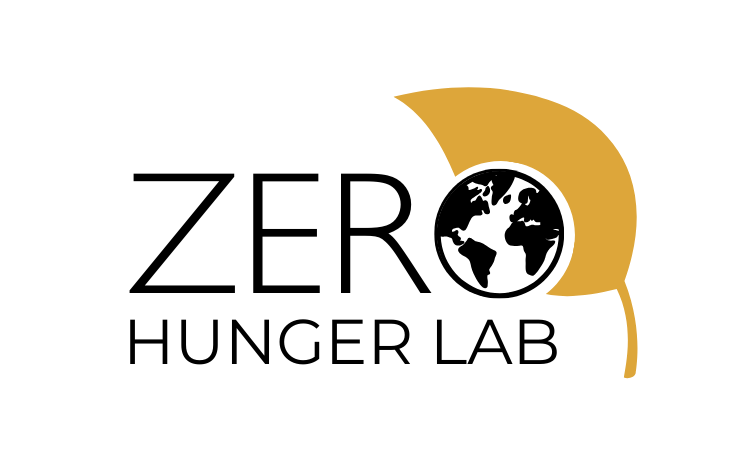1 – Oil Price Shocks, Armed Conflicts, and Macroeconomic Performance: Evidence from Iraq
Ali Reza Rahimi
Free University of Berlin
Abstract: In this paper, I investigate the impacts of oil price fluctuations and armed conflicts on macroeconomic indicators in Iraq over the period 2005Q1-2019Q4 using vector autoregressive (VAR) models. My empirical results first suggest that an increase in oil prices reduces real GDP growth in Iraq. The reduction in real GDP growth can be due to the negative impacts of an oil price increase on (i) non-oil sectors and on (ii) oil demand leading to a decline in oil rents. The central bank pursues a contractionary monetary policy to avoid higher inflation that could result from higher oil prices. This policy leads to an appreciation of the Iraqi Dinar against the US Dollar. Second, the results of nonlinear specifications show that the real GDP declines in response to the oil price decreases and increases. A decrease in oil prices leads to a reduction in oil rents and hence a fall in real GDP. Third, armed conflicts hamper economic growth in Iraq. Armed conflicts increase military expenditure but decrease net exports and oil rents. Finally, when studied jointly, oil prices and armed conflicts worsen their negative effects on real GDP growth.
2 – Economic Costs of Political Restrictions Effects of the Article 370 lockdown in Jammu & Kashmi
Abhishek Shaw
Indian Institute of Management Ahmedabad
Abstract: Jammu & Kashmir, India’s northernmost border region, suffered a dou-
ble lockdown. First, a ‘political’ lockdown began in August 2019, followed by the Covid-19 pandemic lockdown in late March 2020. This paper measures the economic costs of the political restrictions in the first lockdown. On 5 August 2019, the Government of India abrogated the special (relatively autonomous) status of Jammu & Kashmir provided by Article 370 of the Constitution of India. The government imposed a lockdown to prevent dissent against the decision, restricting the movement of people, goods and services and enforcing a communication blackout. Restrictions remained until February 2021. The paper provides causal estimates of the immediate effects of the ‘political’ lockdown using a natural experiment design and provides descriptive analysis till December 2021 using multiple independent data sources. Consumption expenditure in Jammu & Kashmir fell by 28.3 per cent between August 2019 and February 2020 relative to control states (Punjab and Himachal Pradesh). Night-time light intensity declined 4.4 per cent over the same period. The incidence of savings in bank fixed deposits and borrowings decreased, while life insurance uptake increased. The imposition of the political lockdown in Jammu & Kashmir resulted in significant medium-term economic costs.
3 – Education and Military Expenditures: Countervailing Forces in Designing Economic Policy. A Contribution to the Empirics of Peace
Raul Caruso
Catholic University of the Sacred Heart, Milan
Abstract: This paper contributes to the empirical analysis of social peace, specifically aiming to assess the suitability of an economic policy instrument for the maintenance of social peace. The contention advanced in this paper is that identifying the ratio of public education investment to military expenditure (hereafter referred to as Edumilex) serves as a pertinent instrument for fostering peaceful economic policies. To empirically evaluate this instrument, we employ a target variable serving as a measure of internal peace, structured as a concise metric of positive peace based on four pillars: (i) Health; (ii) Standard of living; (iii) Quality of institutions; (iv) Spread of violence. More precisely, we empirically estimate the impact of Edumilex on social peace, utilizing a panel comprising 85 countries spanning the years from 1990 to 2020. We utilize an Instrumental Variable approach. In particular, in the baseline estimation we employ an IV/GMM estimator. The robust and positive relationship identified in our analysis suggests the viability of Edumilex as an instrument of economic policy. This proposition constitutes a noteworthy innovation since governments commonly perceive education and military spending as distinct policy domains. However, in the light of this work, such a perspective appears flawed, as these factors both exert influence on the levels of peace within a society.
